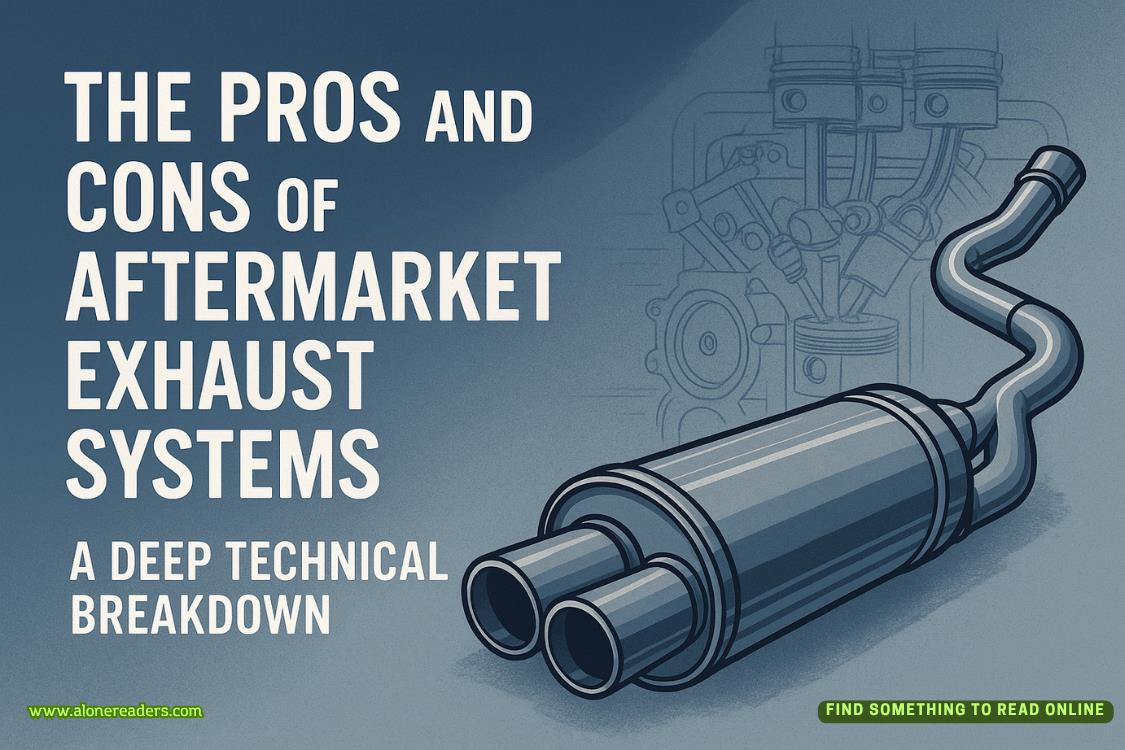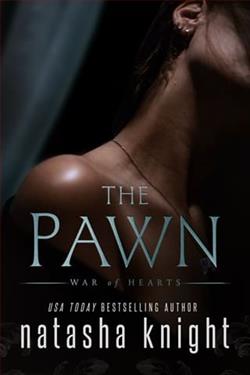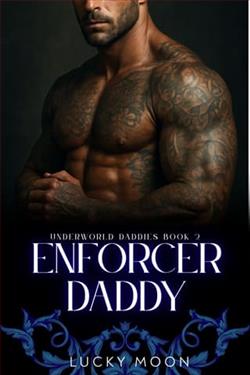Page 105 of The First Gentleman
The monitor shows a full set of human bones laid out on an exam table in the rough shape of a human—the human who was Suzanne.
I look over at Cole Wright. His head is bowed. He’s the only person in court not looking at the screen.
Bastinelli hands Dr. Woods a laser pointer. Under the deputy AG’s questioning, the expert witness highlights ribs, vertebrae, femurs, radii. She shows the landmarks that identify the skeleton as female. She tells him how she determined the approximate age of the bones and length of time they’d been buried.
There’s one bone Bastinelli seems particularly interested in.
“Dr. Woods, can you explain the location and function of the hyoid bone?”
“Yes,” she says, using the laser pointer to highlight a small U-shaped bone. “The hyoid bone is crescent-shaped, thinner on the ends, thicker in the middle. It’s about two inches across. It sits in the neck, about here.” She places two fingers on her own throat. “It supports the tongue and helps with speaking and swallowing.”
“And what bones does it attach to?”
“None,” says Woods. “It floats.”
“It floats?” says Bastinelli. “Please explain.”
“The hyoid bone is the only bone in the body that’s not attached to another bone. It’s connected to cartilage and ligaments only.”
“Does that make it easier to isolate and identify?”
“It’s a very distinctive little bone, yes.”
“And were you able to locate the hyoid bone in the skeletal remains of Suzanne Bonanno?”
“I was.”
“Your Honor, State’s exhibit fourteen A.” Bastinelli clicks to a close-up of a grayish curve of bone lying on a blue surgical towel. It’s split on one side, and the rough edges are overlapping.
“Dr. Woods, is this a photograph of Suzanne Bonanno’s hyoid bone?”
“Yes, it is.”
“And can you tell the court what you found significant about it as you examined it?”
“It was broken.”
“And in your extensive experience examining the victims of violent crimes, Dr. Woods, does a broken hyoid bone have any special significance?”
“Yes. It indicates strong external pressure on the throat before the victim’s death.”
“Dr. Woods, is the hyoid bone easy to break?”
“Well, bones get more brittle as we age. In a young person, it would be quite flexible.”
“So the force required to fracture the hyoid bone of a twenty-two-year-old woman would be pretty intense, am I correct?”
“Yes.”
“Requiring considerable pressure.”
“Considerable force, yes.”
“And did the fractured hyoid bone in this case lead you to a conclusion about Suzanne Bonanno’s cause of death?”
“Yes. In my opinion, she was strangled.”
I look over at the jurors. Some of them have their eyes down. One woman is biting her lip. Bastinelli chooses to end here.















